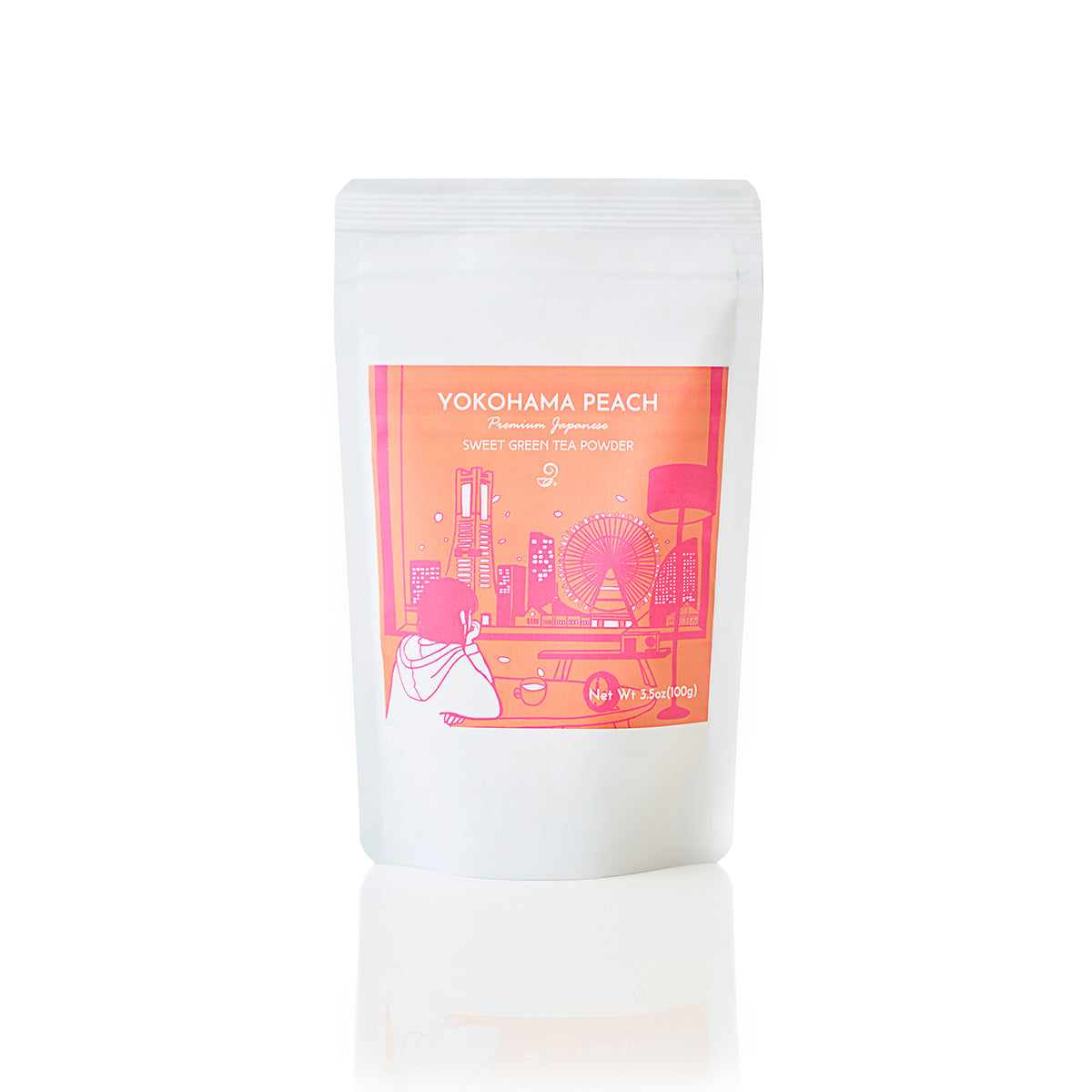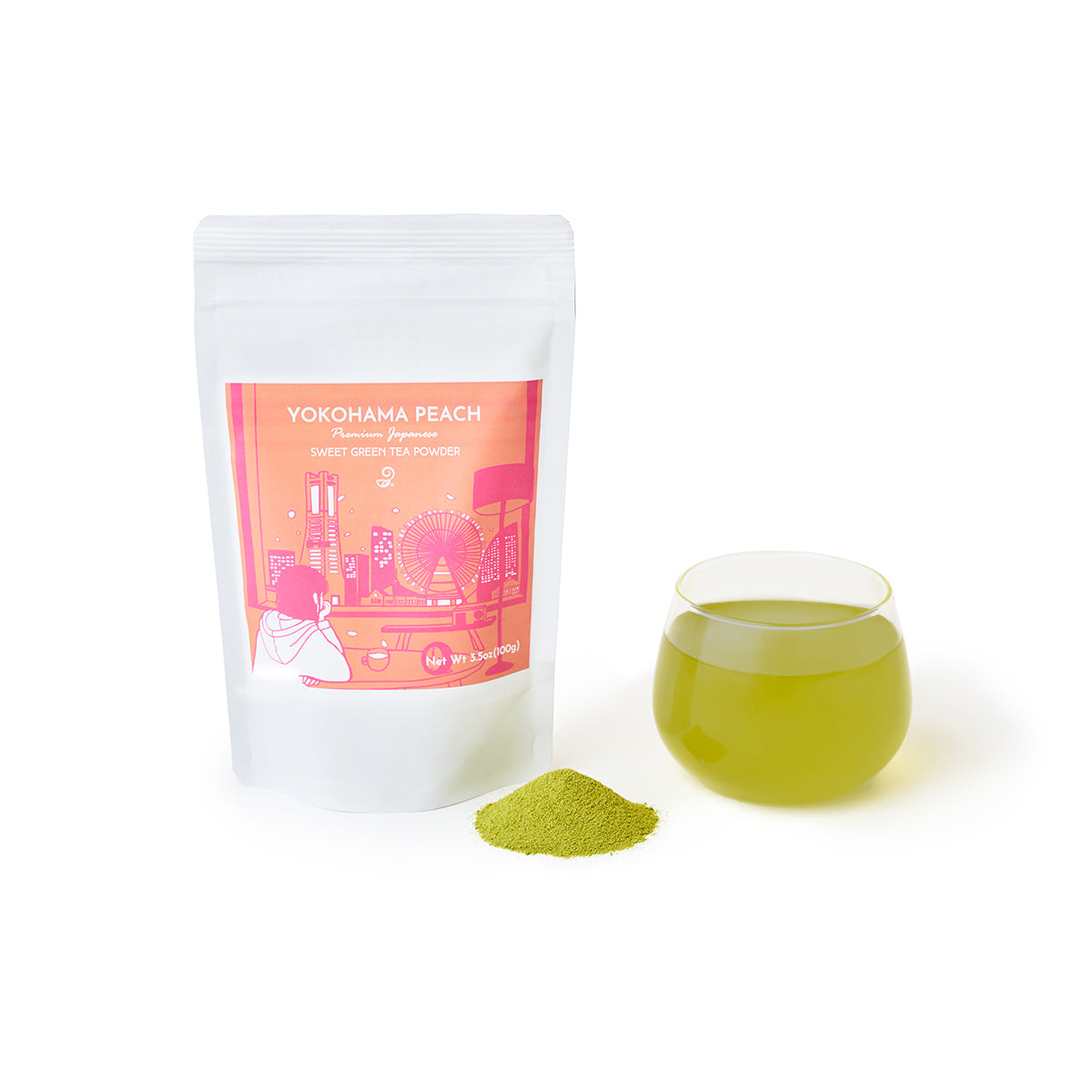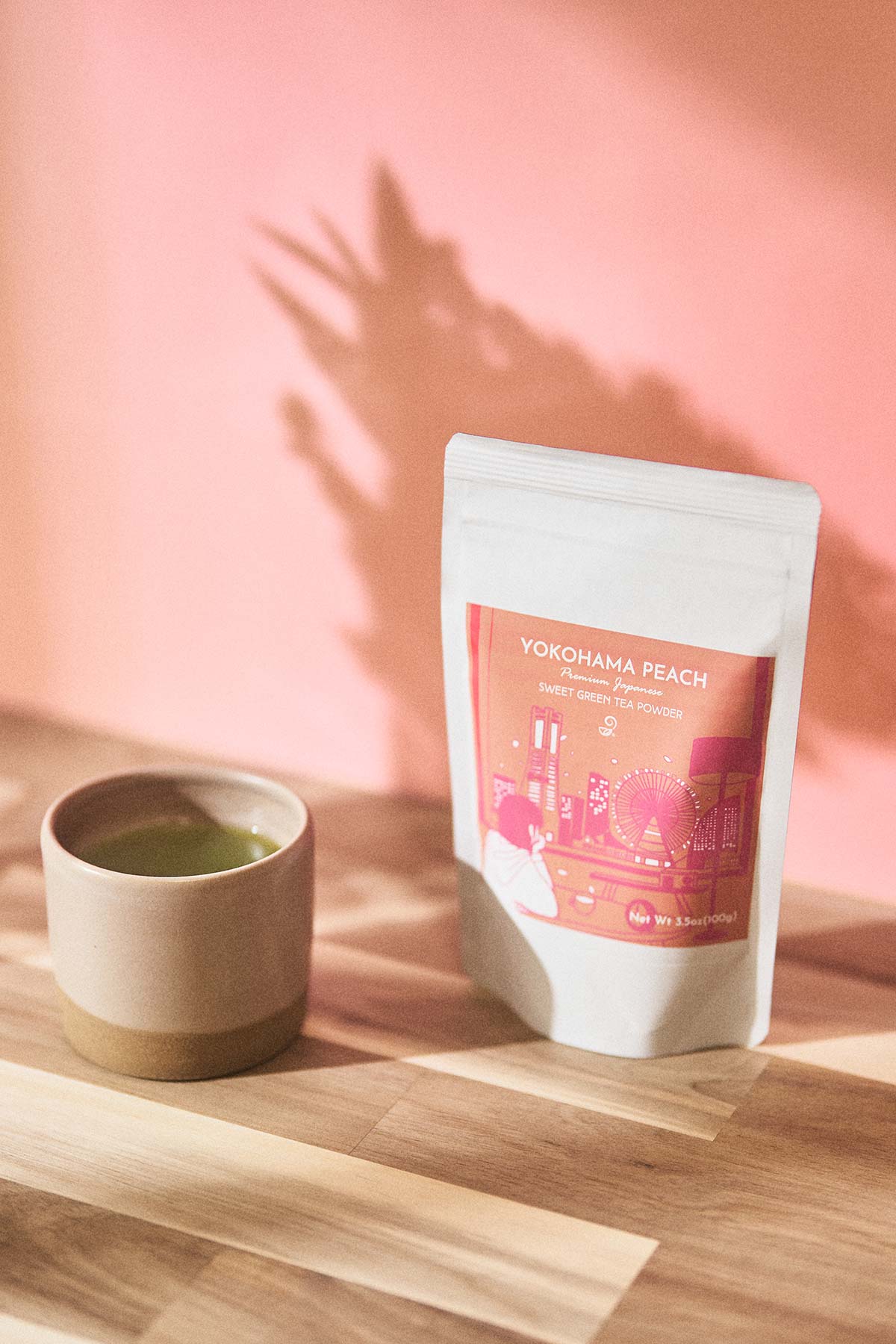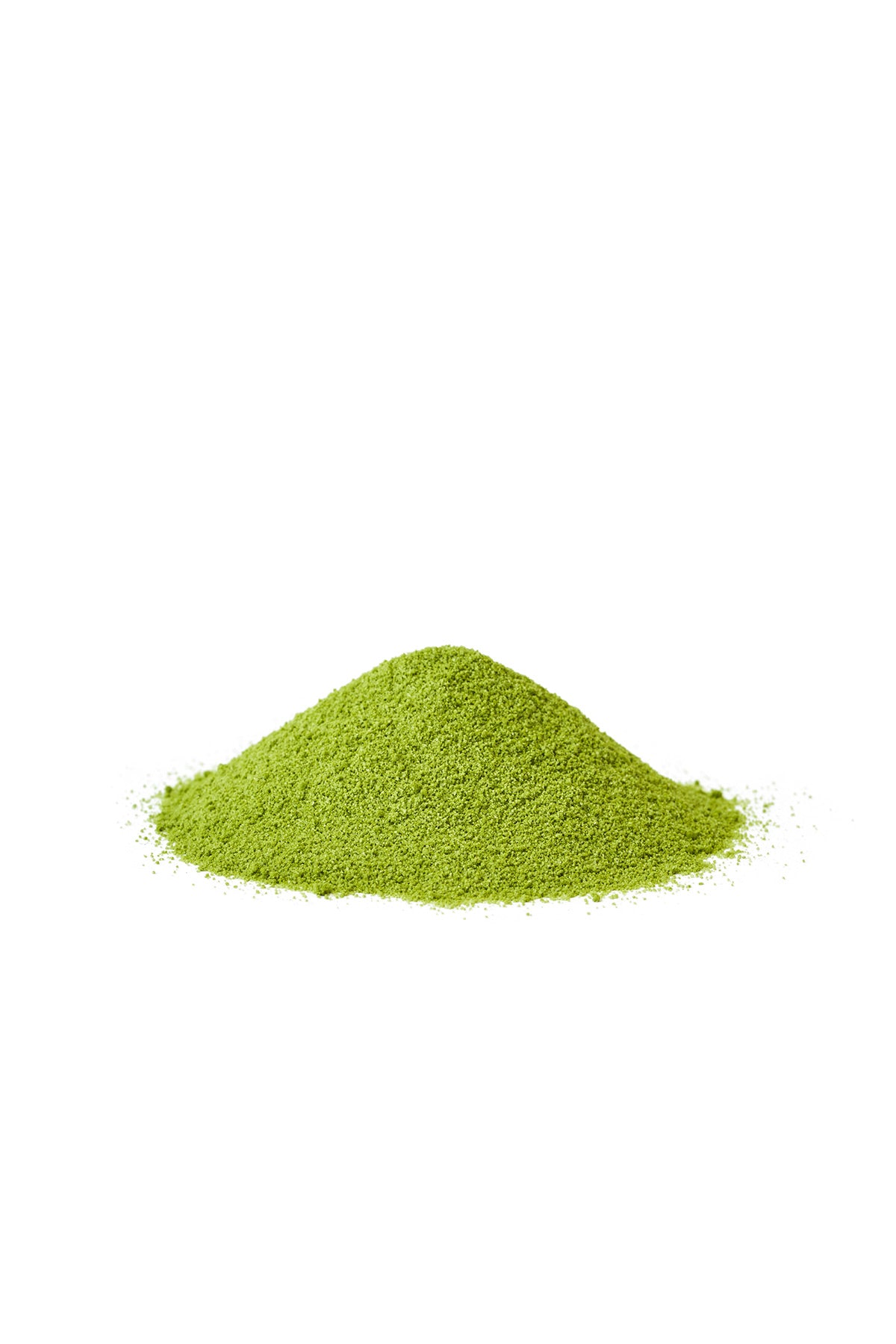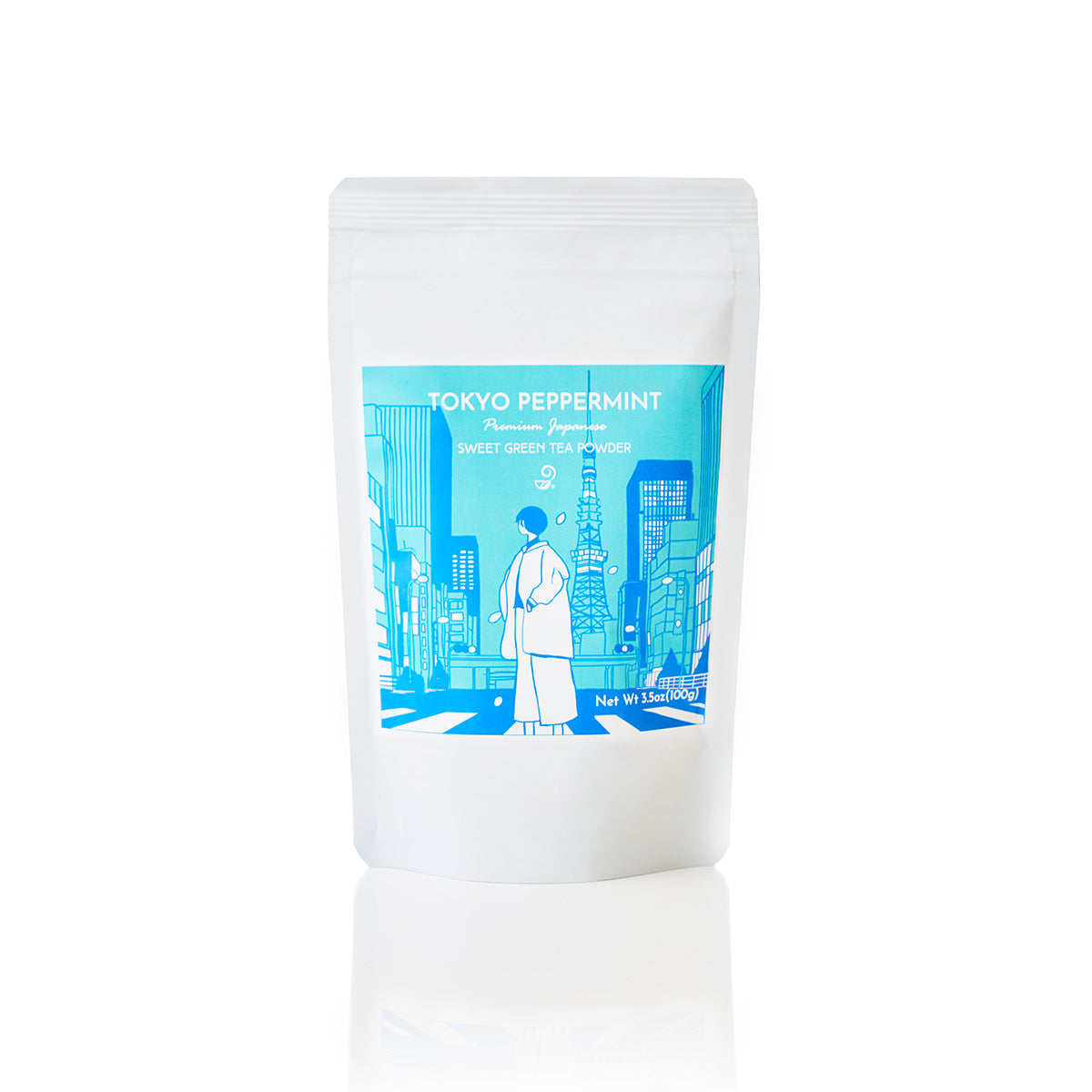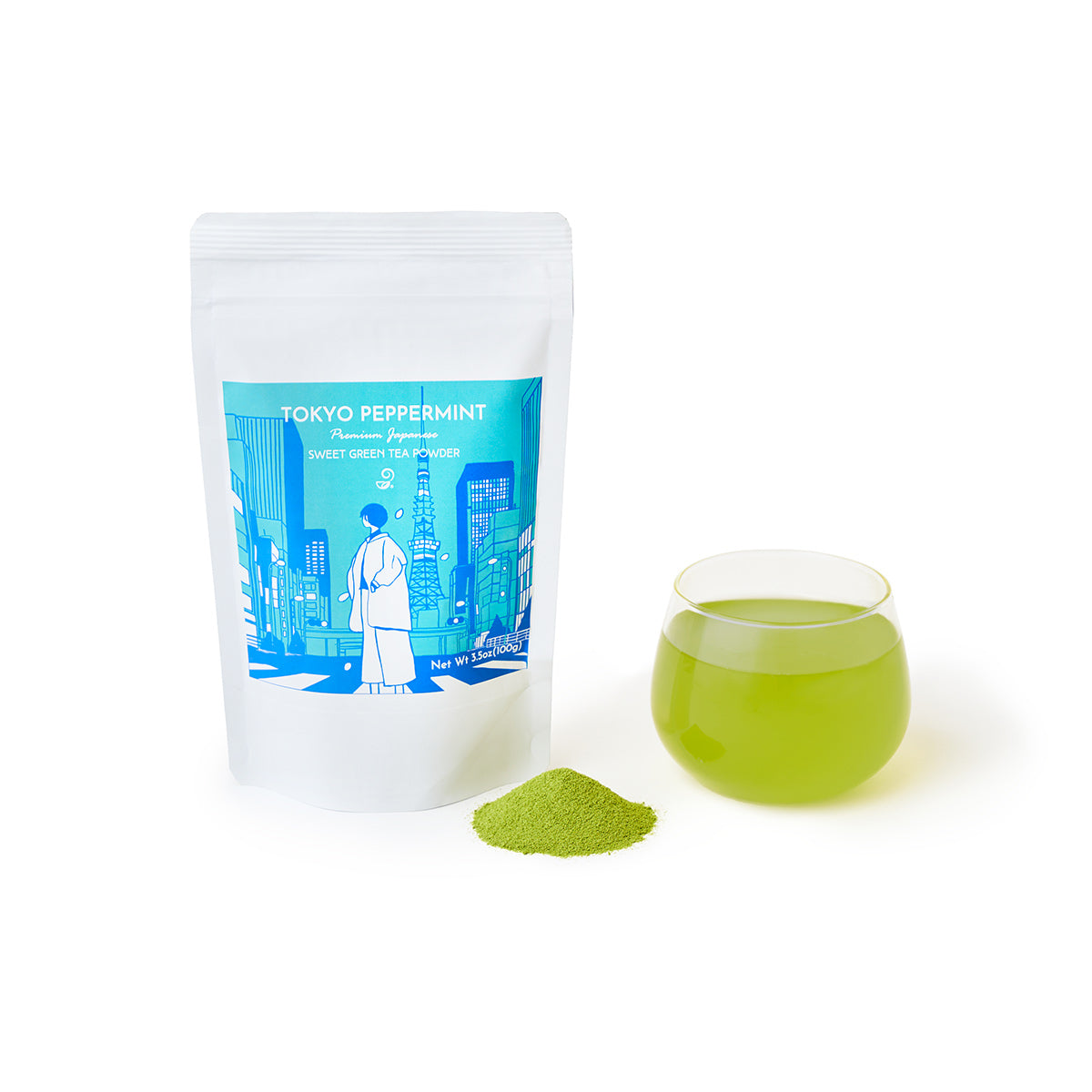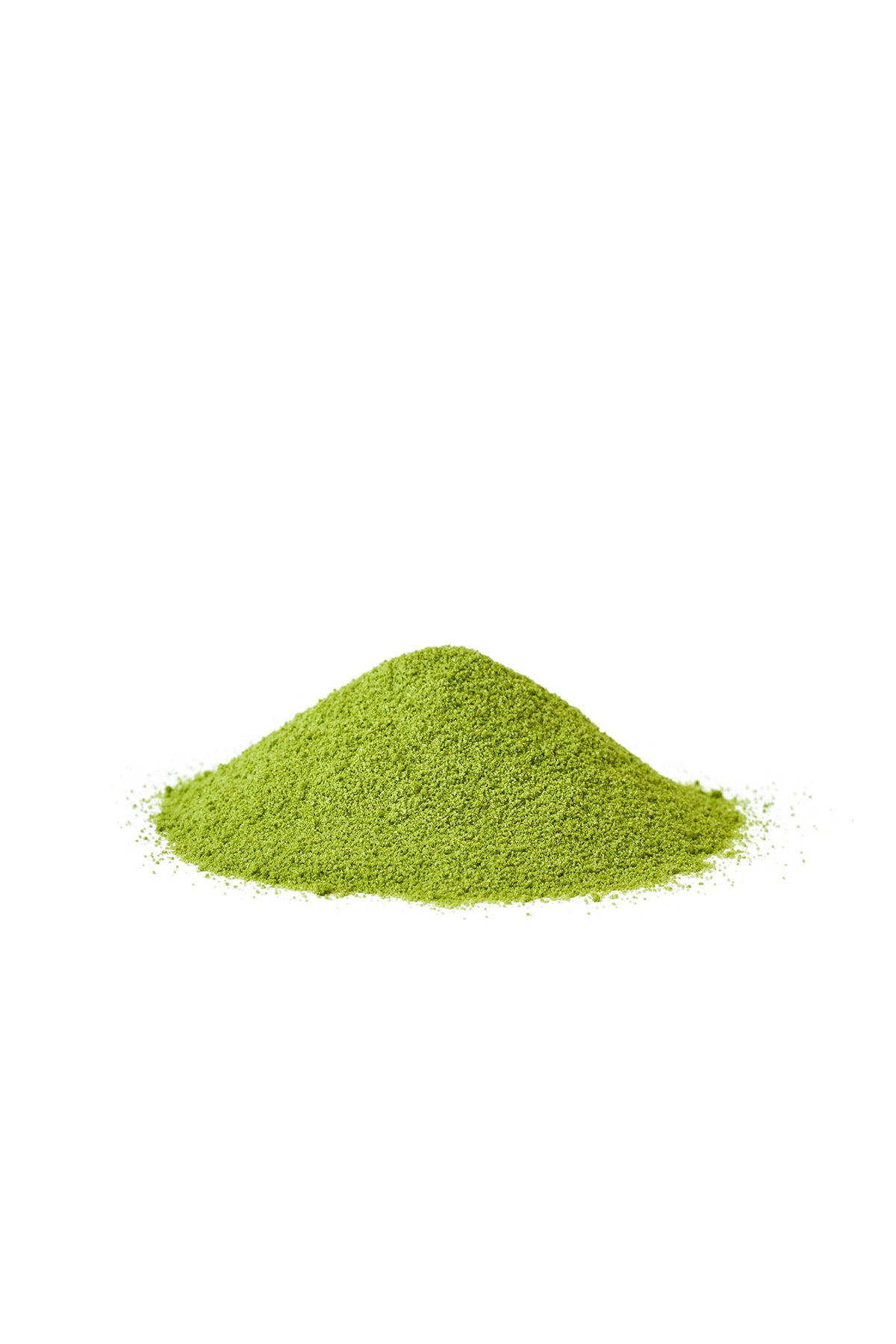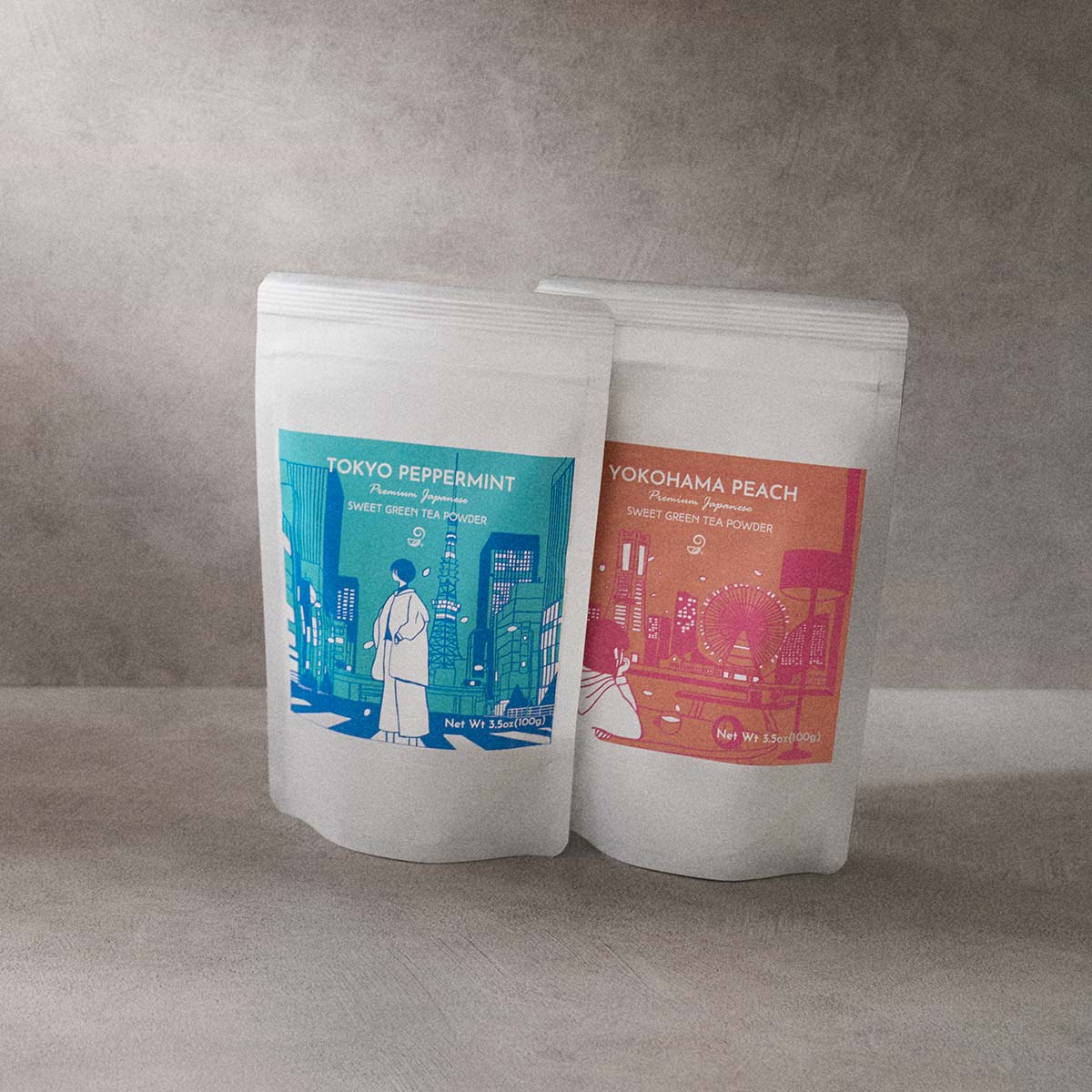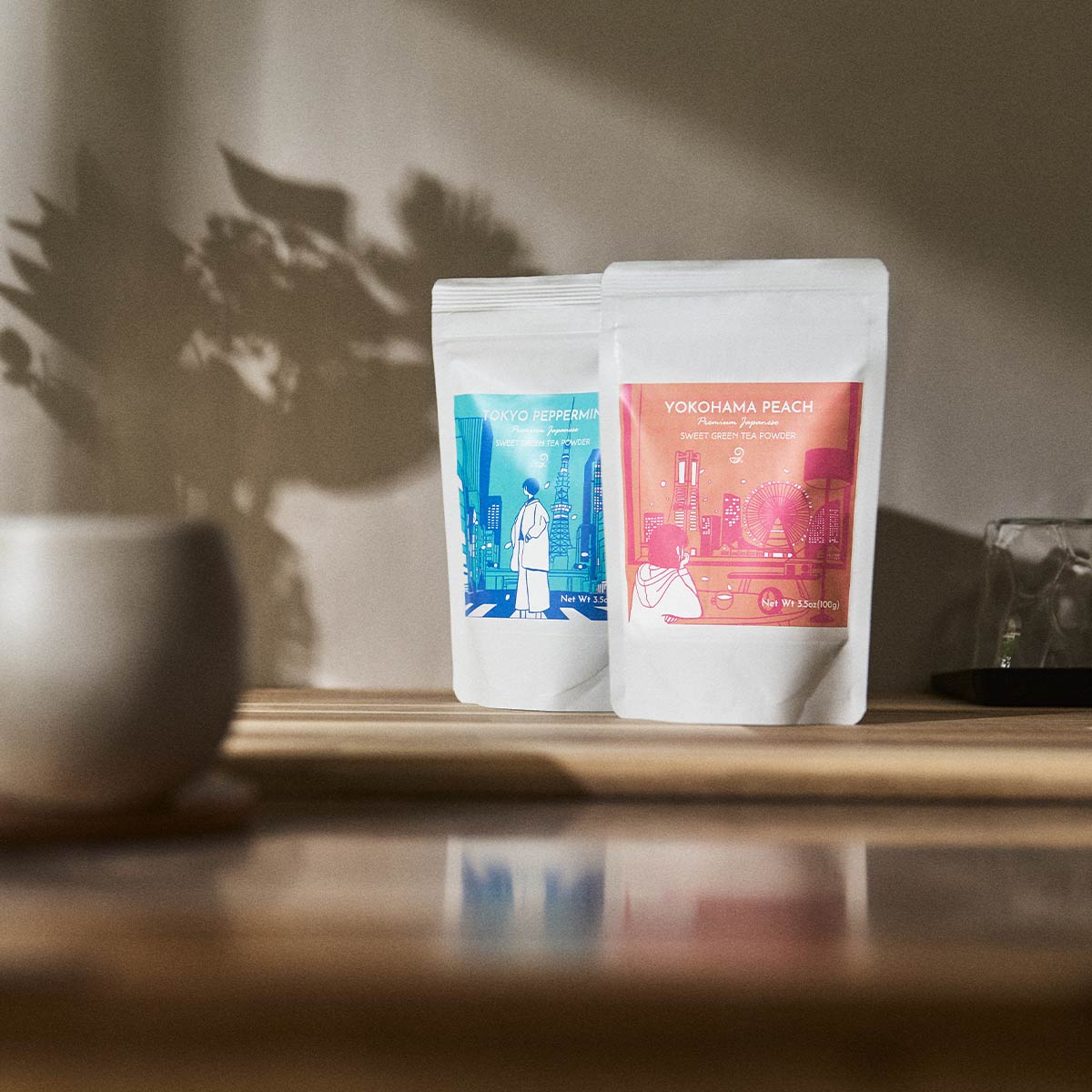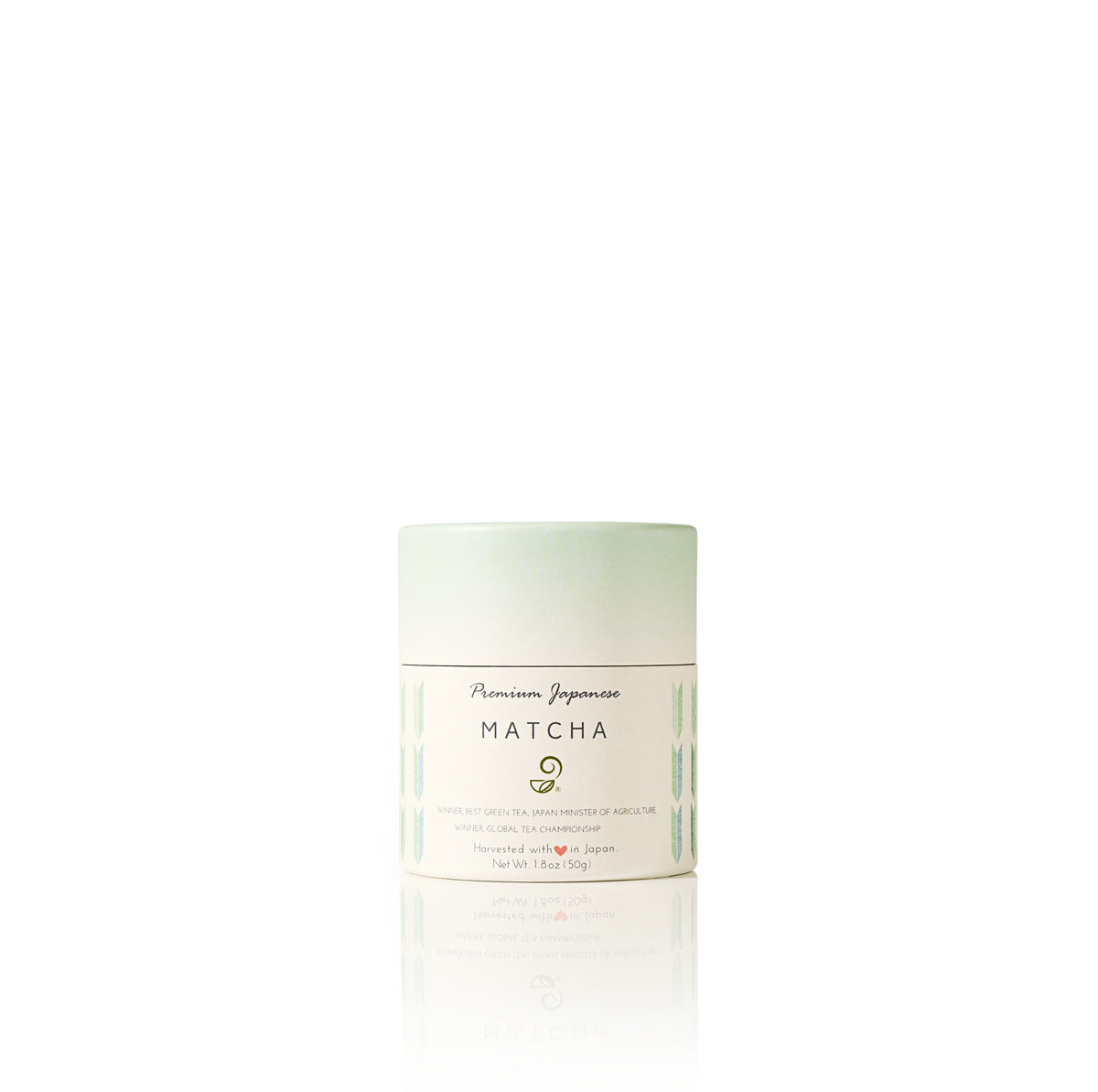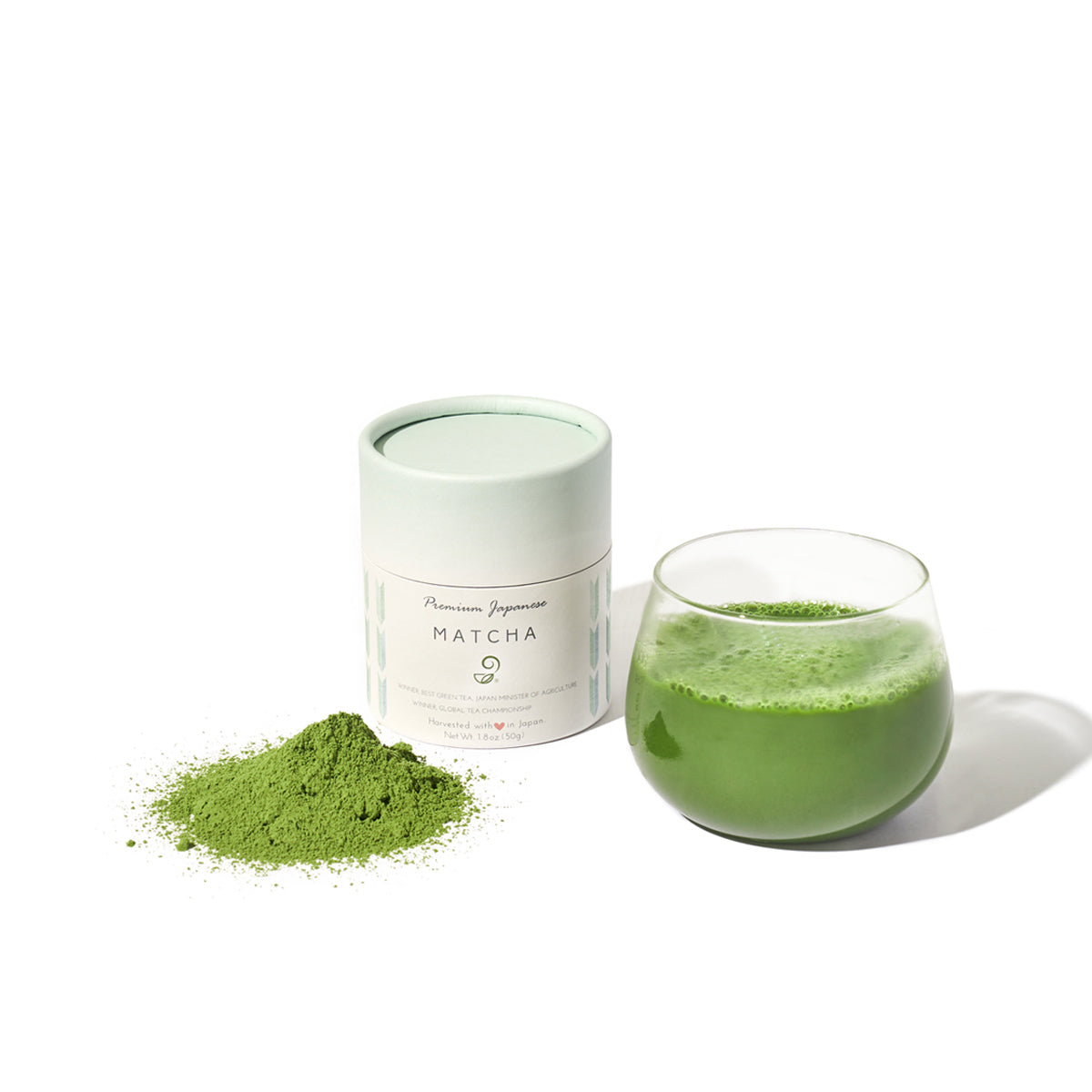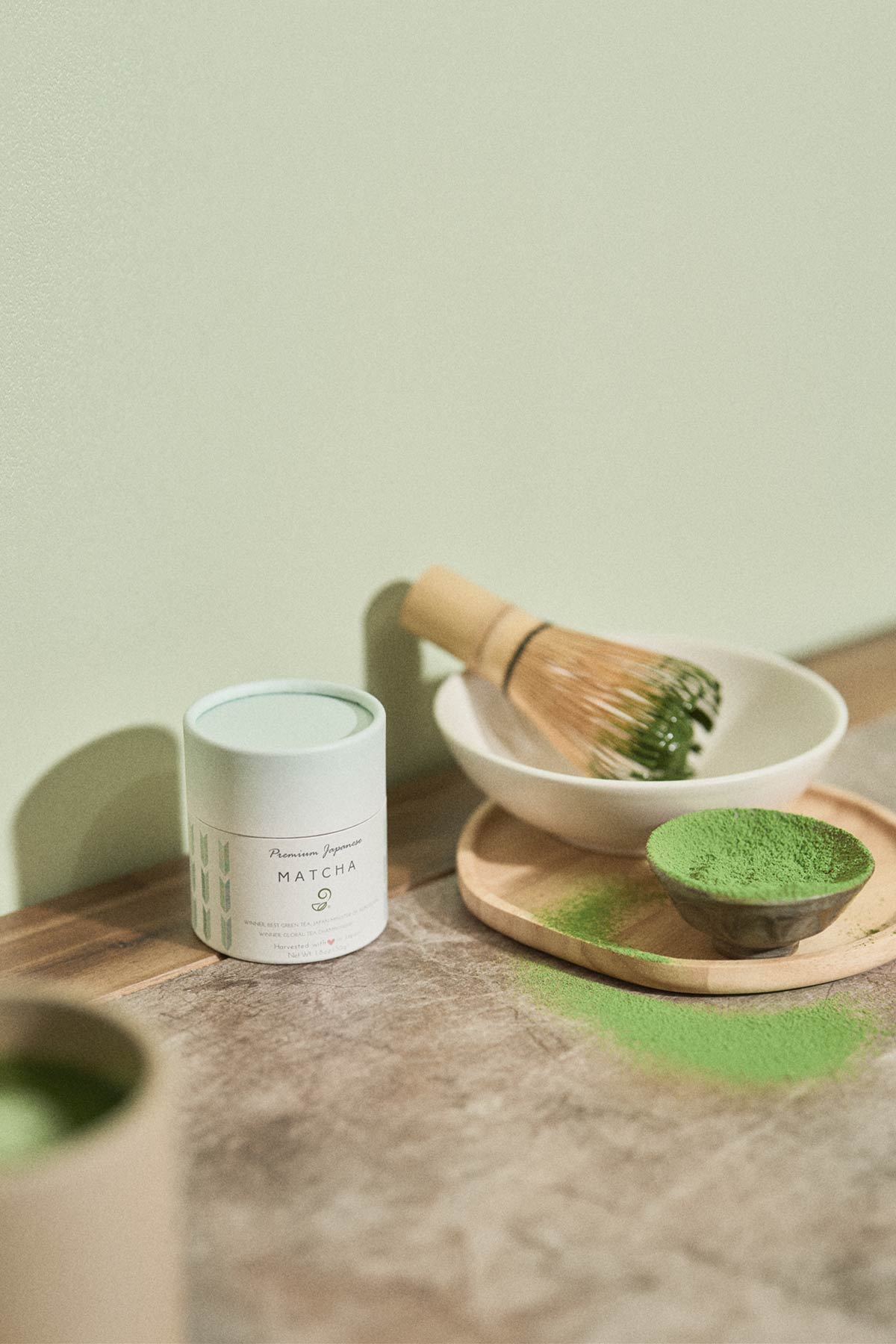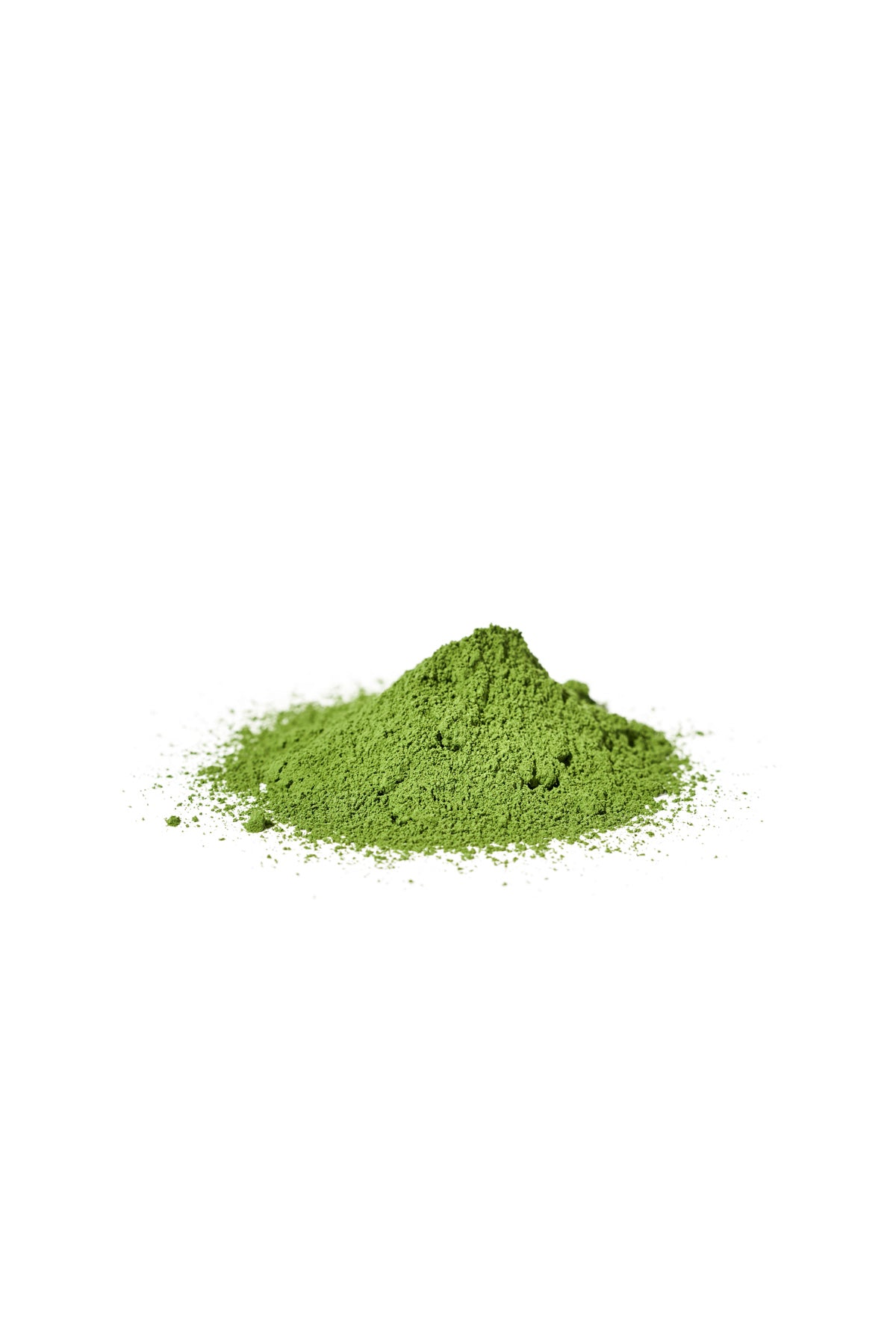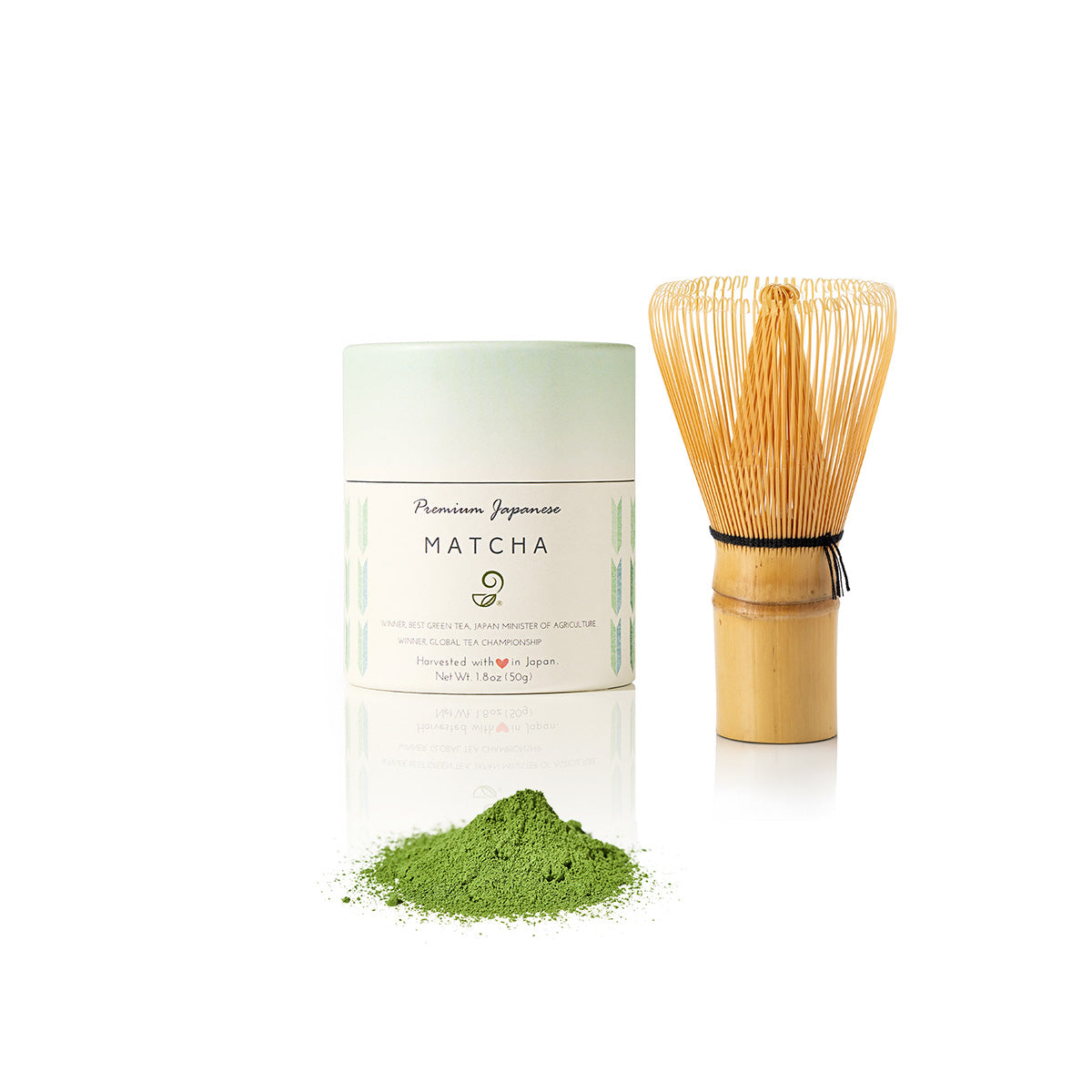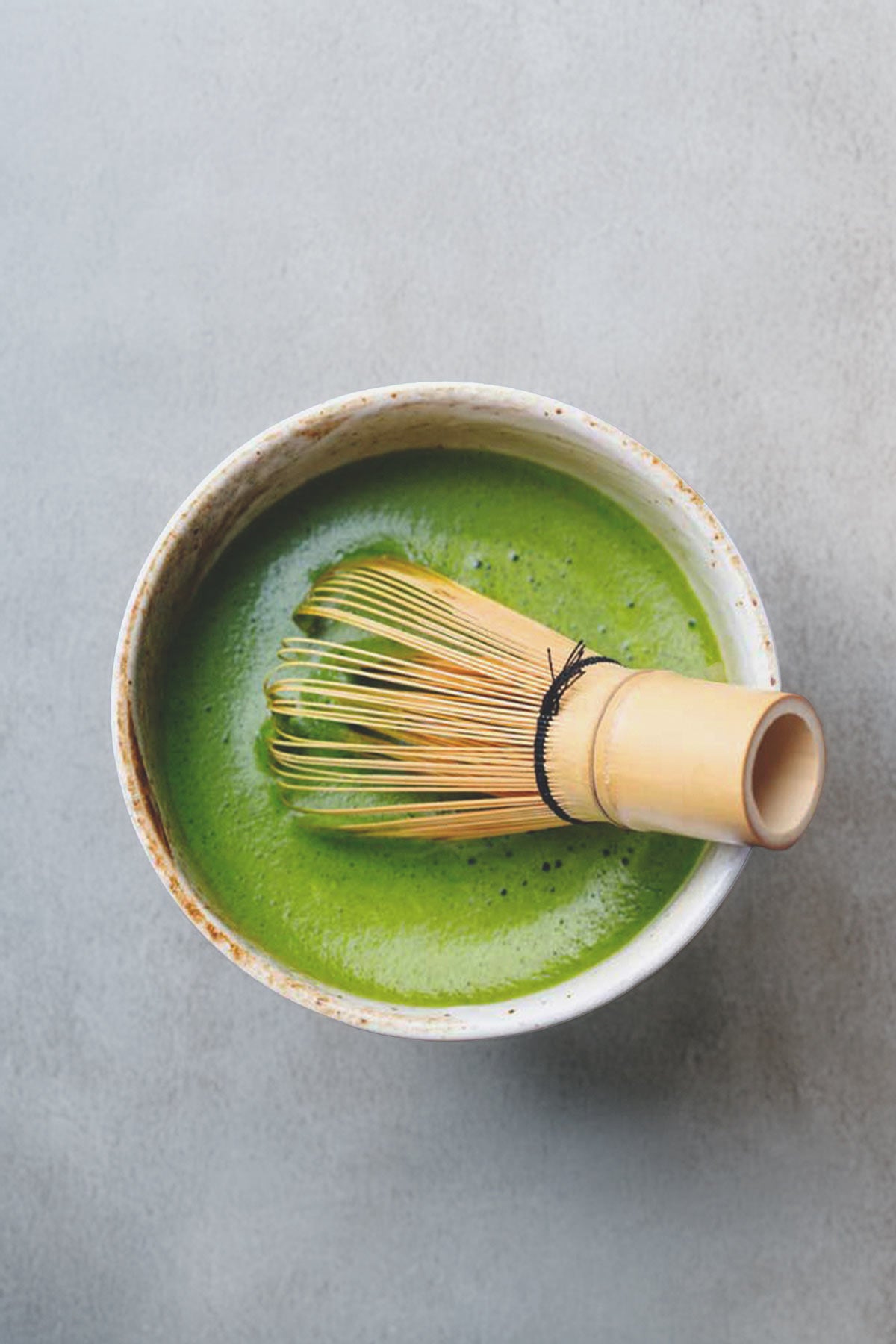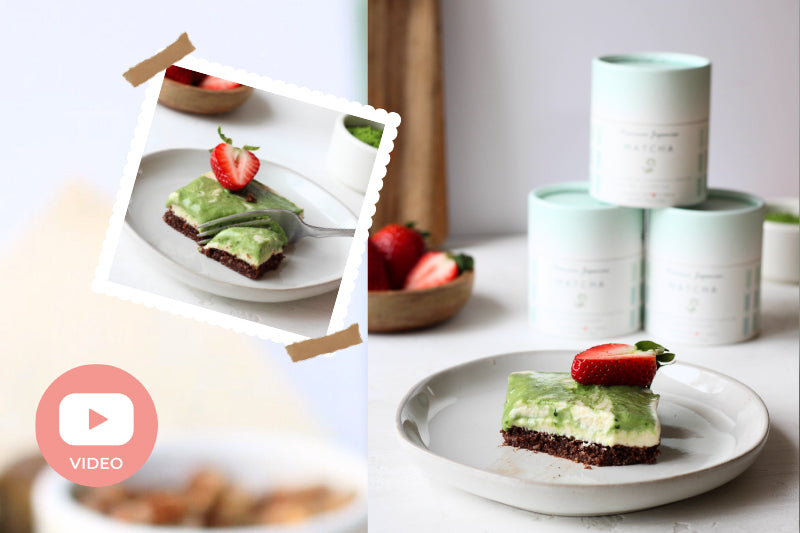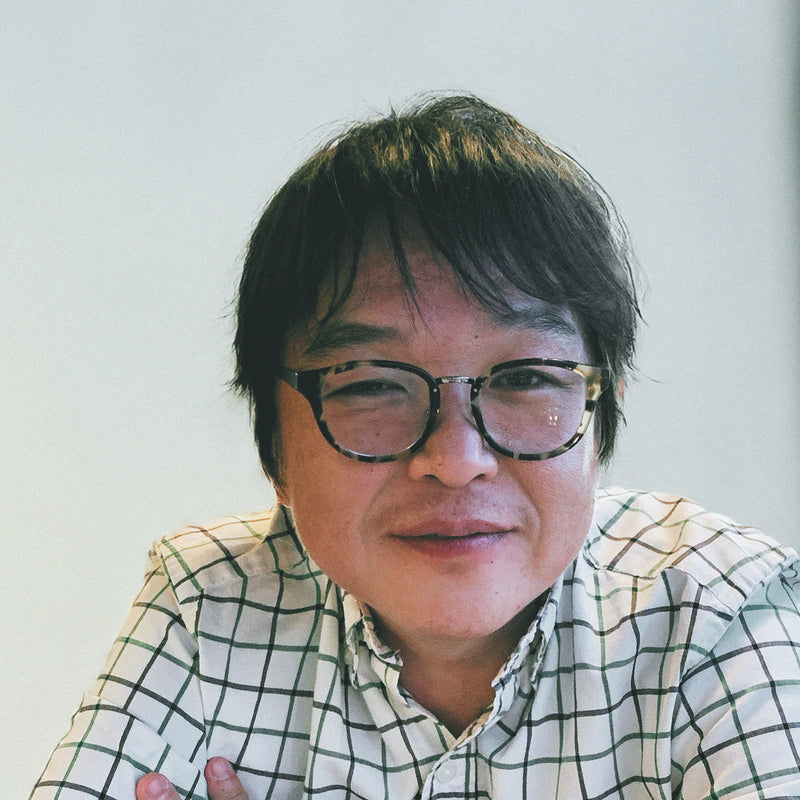
When you look at a simple, refreshing dessert like tropical coconut yogurt bark with peach green tea, you might not immediately think of architecture or interior design. Yet this recipe embodies the very essence of wa-modan—the balance between tradition and modernity that has shaped Japan’s aesthetics over the past century. The creamy coconut yogurt, a modern and global ingredient that has also found a place in contemporary Japanese café culture, blends seamlessly with Japanese green tea rooted deeply in the cultural tradition, topped with the fresh note of peach fruit. The result is a light, elegant treat that feels both familiar and new, much like how wa-modan design reinterprets heritage for today’s lifestyle.
In fact, food often provides one of the clearest windows into how cultural fusion works in practice. Just as a dish can pair tropical flavors with Japanese tea in a way that feels harmonious, so too can a building, an interior, or a piece of tableware marry Western modernism with Japanese tradition. The bark is not only delicious—it is a small, edible metaphor for wa-modan living: stylish, thoughtful, and respectful of both past and present.
Both coconut milk and peach green tea, the two main ingredients of this reciepe, represents a sense of contemporary cultural fusion, which is often referred to as ‘Wa-Modan” (wa-mondan). Combining the ‘’wa”, or the traditional Japanese taste, and the “modern”, the concept expresses the new approach towards the old tradition to adopt its finest essence to our contemporary modernist simplicity. It is often described as stylish and relaxing way of living, coupled with good self-awareness and consideration about sustainability.
Wa‑modan in Architecture
Today, the ‘wa-modan’ can describe the taste that blends Japanese tradition with contemporary European style in diverse things, from interior design, fashion, food and drinks, café culture, to stationary, and many more. Yet the concept first appeared in architecture to describe works by, for example, Tadao Andō (安藤 忠雄) and Kengo Kuma (隈研吾).The two masters of contemporary Japanese architecture achieved a harmonious integration of Japanese architectural ethos into modern design.
Wa-Modan in Andō’s Architectural Endeavor
Ando is well known for his signature design using exposed concrete with solid, simple, and minimalist texture, but a resonance with the quintessence of Japanese traditional culture is another key concept of his work. Up on a small hill on the Awaji Shima island(淡路島), in Hyogo prefecture, floats an expansive concrete water basin of an oval shape with lotus flowers that roofs the underneath Buddhist temple.


Honpukuji Temple
The stairway that divides the ponds leads you down to the temple space, where you will be surrounded by wooden walls painted in traditional Japanese color of red (朱色). The Mizu Midō (the main hall of water) of Honfukuji Temple, Ando says, is the modern architect’s response to ‘the theme of tradition by drawing not on past forms and style rather on the spirit behind them.’
Fascination for Natural Wood Material
One important feature of the Wa-modan design is the frequent use of natural, locally-grown wooden material. The Japan National Stadium in Tokyo, designed by Kengo Kuma and built for the 2020 Summer Olympics, or the Grand Ring of the EXPO 2025 in Osaka by Sōsuke Fujimoto are great example of this feature. Kuma chose Japanese ceders produced in and assembled from all the regions across the nation, while the Ring structure featured Japanese ceders and hinoki cypress.


My cousin, Takayo-chan and me at Osaka Expo. She works at Osaka Metro which was the part of Expo, so she showed me around and told me many behind-the-story about the Expo.

Truly amazing structure built. It is too bad that other than small portion, these will be decommissioned.

Beautiful lighting at night as well.
Getting Inside: Wa-Modan in the Interior Design
Despite the grandeur magnificence of these world-famous architectural endeavors, for many average Japanese people, these large-scale structures are not immediately associated with the term "wa-modan”. In fact, architects like Kengo Kuma have even expressed their discomfort with being easily labelled as a modern representation of Japanese tradition. On the contrary, the first thing that comes to mind when Japanese people hear the term is probably something a bit further inside the building, namely, the interior design.
In interior design, ‘wa-modan’ refers to a fusion of traditional Japanese design with a modern, stylish, almost Western taste. It is created by using natural materials such as wood, bamboo, and diatomaite, and actively incorporating items not found in conventional Japanese-style rooms, such as European beds, closets, sofa, tables and chairs.
A key feature of ‘wa-modan’ interior design often swaps traditional Japanese sitting-on-the-floor practice with European sit-and-stand customs, introducing high legged table and chairs and beds instead of tatami floor mat ( 畳) and futon (布団)bed.
Other characteristics of Japanese modern interior design include lighting that favors indirect, soft natural light, and partitioning that loosely divides the space.
Instead of dividing each room into distinct sections with individual walls and doors, the entire living space can be designed as one large connected space loosely separated with fabric partitions or fusuma sliding doors (襖), which can be slid horizontally to create large openings that connect the adjunct rooms.
Translucency: ‘Wa-Modan Lighting’
Alternatively, instead of bringing as much direct sunlight as possible into a room through a large glass window, a layer of shoji screens (障子) is added to soften the intensity of the light and, at the same time, avoid creating extreme contrasts of shading in the room, allowing soft light to fill the room evenly.
Washi paper used for fusuma (sliding doors) and shoji screens is characterized by its translucency, which allows light to softly pass through. One of the world's best-known designs utilizing this washi for lighting is Isamu Noguchi's Akari sculpture.

Inspired by the handcraft lantern manufacture in Gifu, Japan, the Japanese-American artist-sculptor designed his lanterns using mulberry bark paper and bamboo in his characteristic geometric patterns with slight distortion created by the natural materials. The surface of the semi-transparent washi paper diffusely reflects the light, allowing dimly illuminating the warm light. With his ‘Akari’ (灯り) light sculptures, referring to the Japanese term meaning ‘light as illumination, Noguchi, as a pioneer of ‘wa-modan’ design, has introduced new possibilities of Japanese Modern style into European interior spaces.
On to the Table: Wa-Modan Tablewares
With the term “wa-modan” gaining popularity and the trend set to incorporate stylish Japanese elements into Western-style rooms, Japanese tableware has found a new place in the Japanese dining space.
Instead of thin, hard, standardized porcelain, relatively thick ceramic dishes and plates with moderate weight, and wooden bowls with a soft texture that fits comfortably in the palm, have gained new popularity, blending well with the wa-modan interior design. Traditional brand potteries such as Mino-yaki and Shigaraki-yaki are offering today stylish designs that go well with the new trend.
Or, a bowl of Japanese tableware with typical traditional design can be placed on a wooden plate with a Scandinavian look and a fork to complete a dining plate with a ‘wa-modan’ taste.
The ‘Yōshoku’ Dining Culture: the Origin of ‘Wa-Modan’ Food Fusion
The origin of ‘wa-modan’ cuisine can be traced back to the Taisho period at the beginning of the 20th century, during which Western-style cuisine was introduced to with a Japanese twist. For example, Western-style dishes such as croquettes, pork cutlet, and curry dishes were adapted to the rice culture. These adopted dishes were collectively called yōshoku (洋食) and touted as luxuries that could be enjoyed in the dining rooms of the high-end department stores that flourished during this period.
In a woodblock print by Yumeji Takehisa, a Japanese painter of the Taisho Romanticism, a woman dressed in her pink kimono sits at the table of European design, enjoying a glass of ‘blue liquor’ as the title suggests.

Takehisa Yumeji, Aoi Sake (blue liquor) from Twelve Views of Nagasaki
Today, these yōshoku dishes have become familiar to Japanese people, for whom menu with hamburg steak or curry over rice are associated with their sweet childhood memories. The permeation is so great that, for instance, Katsudon bowl, a pork cutlet over rice, has become so common that many people today think it is a Japanese dish, but it was originally a Western cutlet arranged for Japanese food culture.
Contemporary Food Fusion: Coconuts Milk in Japanese Street Food Culture
It is still fresh in our memories that tapioca milk tea, which arrived in Japan from Taiwan in 2008, became immensely popular. Street stands specializing in selling tapioca milk tea appeared one after another on the streets in all major cities. And going to drink tapioca milk tea, in which large black pearls of tapioca are submerged in thick sweet milk tea, has even come to be referred to by the verb “tapiru” (タピる).
Decades before this, when the first tapioca boom occurred in Japan in the late 1980s, it was with the "tapioca coconut milk,” sweet coconut milk with small white grains of tapioca called tapioca pearls.
Linking these two phenomena was another boom: the Matcha Cream Frappuccino by Starbucks, which opened its first Japanese store in 1996. Starbucks launched their signature drink in 2007, blending milk, ice, and matcha tea, topped with a hearty dollop of cream. The sweet, dessert drink established a huge following among young teenage women as a special treat.
Today, matcha has been integrated into a wide variety of desserts and sweets, with recipes ranging from classic favorites such as ice cream, chocolate, and chiffon cake to more elaborate creations such as matcha mont blanc tarts.
Both matcha and coconut milk have become one of the most popular ingredients in today's ‘wa-modan’ food culture.
TROPICAL COCONUT YOGURT BARK WITH PEACH GREEN TEA
Download Printable One-Page Recipe PDF Now
Yields: 5-6 servings
Calories: 52 kcal/serving
Prep time: 10 minutes
Freezer time: 4 hours
INGREDIENTS
- 2 cups Coconut Yogurt
- 2 tablespoons Japanese Green Tea Yokohama Peach powder
- Fresh Peach Slices
- Coconut Shreds
INSTRUCTIONS
-
Add the coconut yogurt to a mixing bowl with the green tea powder. Mix until well combined. Optional: for extra sweetness, add 1 tablespoon of honey.

-
Pour this mixture in a baking dish lined with parchment paper. Smooth out the surface evenly with a spoon, then place fresh peaches on top. Sprinkle coconut shreds on top, then freeze for 4 hours.

-
Remove from the freezer, cut into irregular shapes, and enjoy!
Store in the freezer and enjoy throughout the week.

Download Printable One-Page Recipe PDF Now
A Taste of Wa-Modan Living
In the end, wa-modan is not limited to monumental architecture or carefully curated interiors—it also finds its way into everyday life through food and drink. A simple recipe like tropical coconut yogurt bark with peach green tea captures this sensibility beautifully: it layers a contemporary, health-conscious ingredient like coconut yogurt with the timeless elegance of Japanese tea and the natural sweetness of peaches. The presentation itself—irregular shards that are both playful and refined—reflects the modern Japanese appreciation for form and harmony in even the smallest details of daily living.
Just as Tadao Andō’s concrete temples or Kengo Kuma’s cedar-filled stadiums reinterpret tradition for the modern age, this dessert demonstrates how culinary creativity can honor heritage while embracing global influences. Enjoying a piece of this chilled bark is a reminder that wa-modan is not just an aesthetic, but a way of engaging with the world: blending old and new, local and global, tradition and innovation into something refreshingly original.
• Disclosure: I only recommend products I would use myself, and all opinions expressed here are my
own. This post may contain affiliate links that I may earn a small commission at no additional cost to you.
The commission also supports us in producing better content when you buy through our site links.
Thanks for your support.
- Kei and Team at Japanese Green Tea Co.
Get Free Bonus Books

Sign up for free to the Green Tea Club to get advice and exclusive articles about how to choose Japanese Tea, and tips, tricks, and recipes for enjoying Japanese tea.
About the author
Kei Nishida
Author, CEO Dream of Japan
Certification: PMP, BS in Computer Science
Education: Western Washington University
Kei Nishida is a passionate Japanese green tea connoisseur, writer, and the founder and CEO of Japanese Green Tea Co., a Dream of Japan Company.
Driven by a deep desire to share the rich flavors of his homeland, he established the only company that sources premium tea grown in nutrient-rich sugarcane soil—earning multiple Global Tea Champion awards.
Expanding his mission of introducing Japan’s finest to the world, Kei pioneered the launch of the first-ever Sumiyaki charcoal-roasted coffee through Japanese Coffee Co. He also brought the artistry of traditional Japanese craftsmanship to the global market by making katana-style handmade knives—crafted by a renowned katana maker—available outside Japan for the first time through Japanese Knife Co.
Kei’s journey continues as he uncovers and shares Japan’s hidden treasures with the world.
Learn more about Kei



